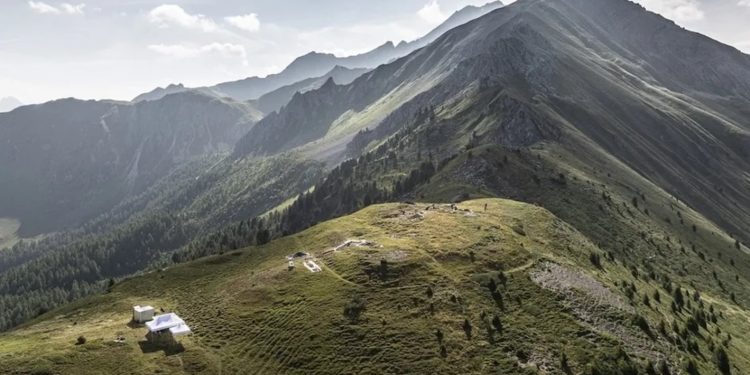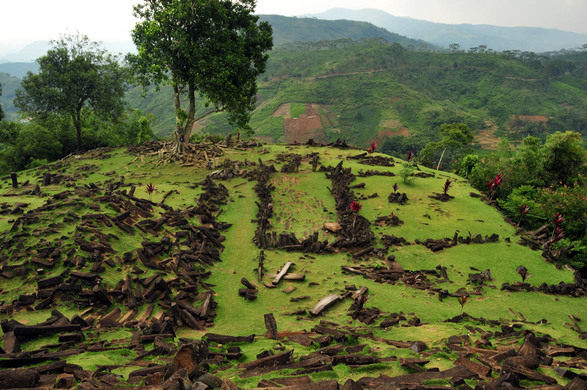High in the rugged peaks of the Swiss Alps, researchers have made an astonishing discovery: a 2,000-year-old Roman military camp hidden for centuries among the mountainous terrain. Unearthed using laser-based technology, this forgotten outpost is revealing new insights into Roman military strategy and their reach deep into the heart of Europe.
Lasers Unveil a Long-Lost Roman Stronghold
The camp, perched at an altitude of 7,200 feet (2,220 meters), was discovered using lidar technology, a method that employs lasers to create detailed topographical maps of the landscape. In 2023, a volunteer detectorist—armed with lidar data—uncovered this ancient structure in the Alpine region between Switzerland and Italy. The camp, dating back to the first century B.C., was protected by three defensive ditches and a towering rampart, standing guard over a battlefield far below.
This discovery provides a window into Roman Switzerland, a time when Roman legions pushed their conquests into even the most challenging terrains. Before the camp was unearthed, historians only knew about the battlefield it overlooked, located 2,950 feet (900 meters) below. Now, this new finding opens the door to understanding how Roman troops occupied and defended these high-altitude regions.
Strategic Position Over a Battlefield
The camp’s strategic location offered Roman soldiers an unparalleled view of the surrounding valleys. Perched high above the battlefield, the outpost allowed its occupants to monitor troop movements and potential threats below. The soldiers stationed here would have endured harsh weather conditions and grueling marches over steep mountain passes to secure this critical vantage point.
This “sensational discovery” gives us a rare glimpse into the logistical challenges faced by Roman armies as they expanded their empire across Europe. The find also suggests that Roman military presence in the Alps was more significant than previously believed, raising questions about their long-term strategies in the region.
A Trove of Roman Artifacts
Exploration of the site has yielded a wealth of Roman artifacts, from weapons to slingshots and even shoe nails. Among the most intriguing finds are slingshots stamped with the insignia of the third legion, a renowned unit of the Imperial Roman army that fought in battles in the area below. This discovery ties the camp directly to the battlefield, confirming that Roman forces occupied both the heights and the valleys during military campaigns.
These artifacts not only reveal the everyday life of soldiers stationed in the Alps but also highlight the tactical importance of the region during the Roman expansion into northern Italy and Switzerland.
What Secrets Are Still Hidden?
As researchers continue to investigate, the camp raises more questions than answers. Could there be more Roman military installations hidden in the Alps, waiting to be discovered? What other tactical surprises might be uncovered that could reshape our understanding of the Roman military machine?
This groundbreaking discovery is only the beginning. The use of advanced laser-based lidar technology could lead to even more revelations, not only in the Swiss Alps but across Europe, where ancient secrets may still be buried beneath centuries of natural growth.











